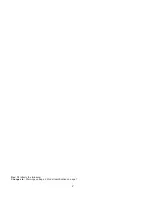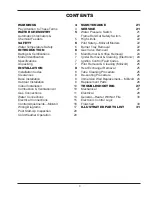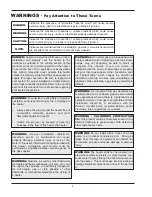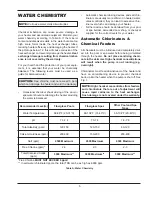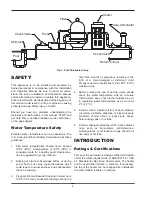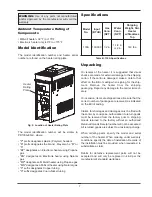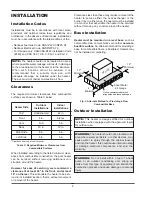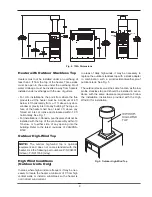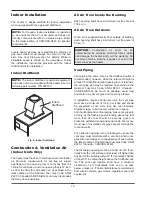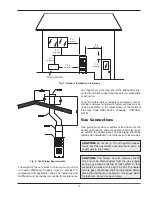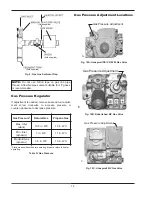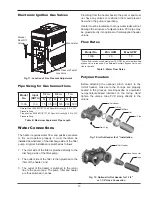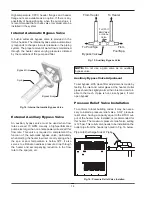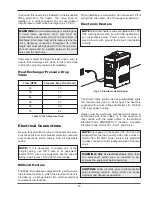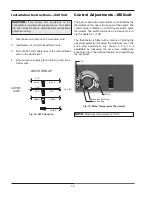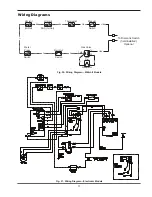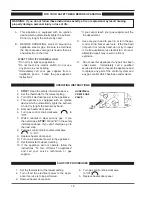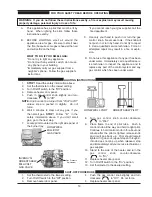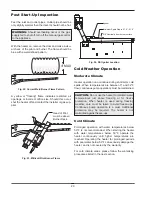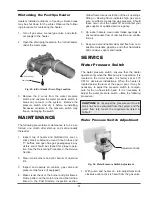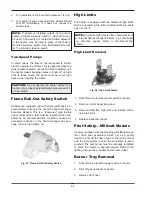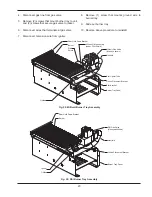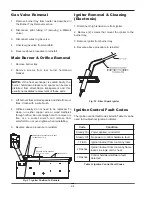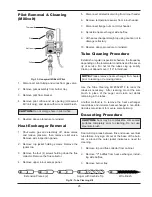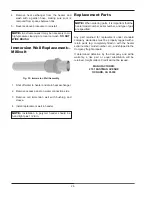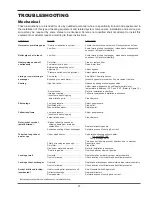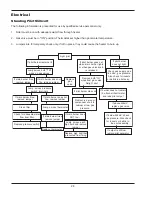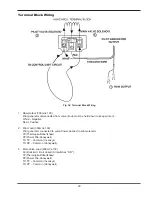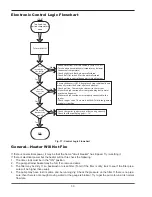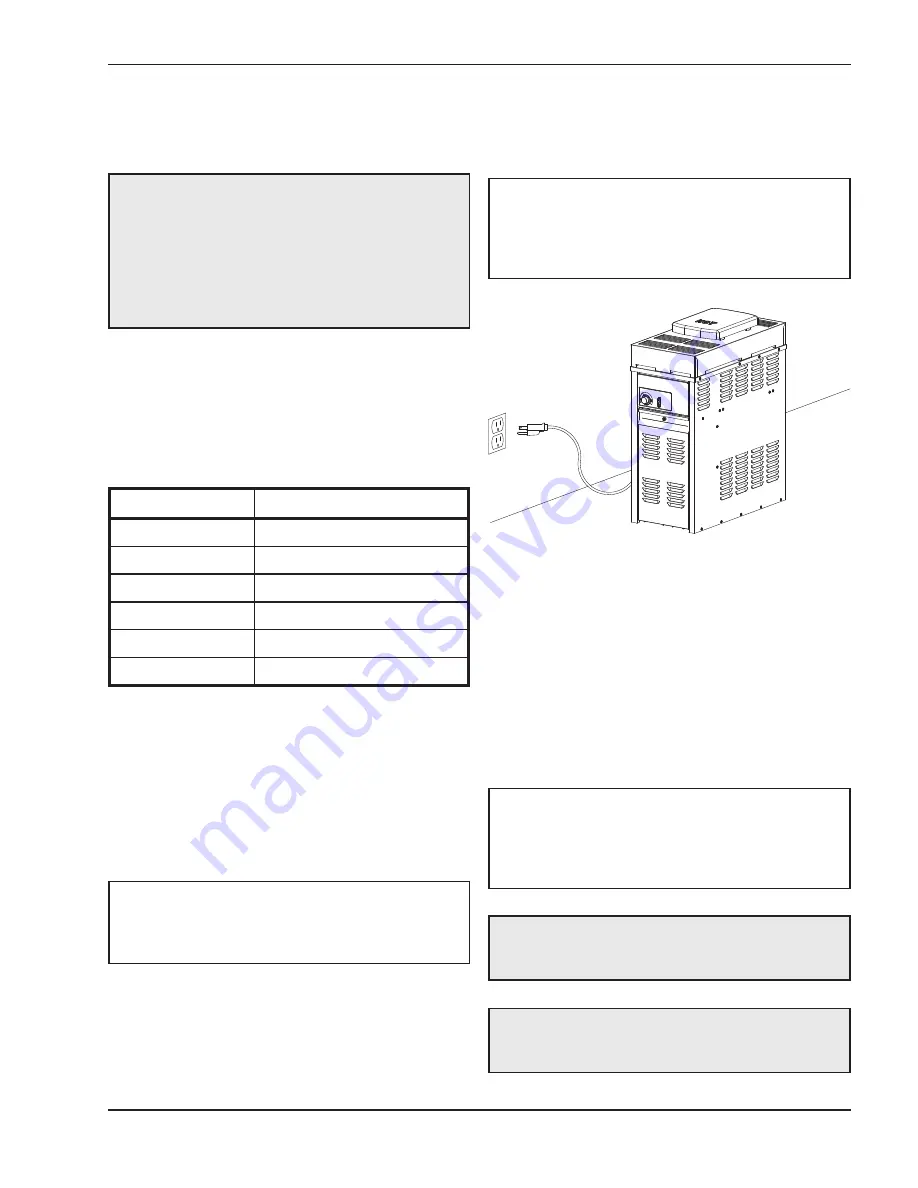
15
If required, this needs to be installed in a field-supplied
fitting external to the heater. The valve shall be
installed in a vertical position. Do not over-tighten.
Install pressure relief valve hand tight plus 1/2 turn.
Valve lever should be tripped at least once a year to
ensure that waterways are clear. if relief valve does
not function properly, replace it immediately.
Heat Exchanger Pressure Drop
Table
Electrical Connections
Be sure that electrical service to the heater has prop-
er overload fuse or circuit breaker protection, wire size
and connections which comply with all applicable
codes.
Millivolt Heaters
The Millivolt models are equipped with a self-generat-
ing electrical system in which the electrical current is
provided by a pilot generator. No external electrical
connections are required.
WARNING:
To avoid water damage or scalding due
to relief valve operation, drain pipe must be
connected to valve outlet and run to a safe place of
discharge. Drain pipe must be the same size as the
valve discharge connection throughout its entire
length and must pitch downward from the valve. No
shut-off valve shall be installed between the relief
valve and the drain line.
Flow (GPM)
Pressure Drop (ft of Head)
20
1.3
30
1.7
40
2.0
50
2.7
60
3.5
70
4.2
Table G: 130A Pressure Drop
When installing a remote switch, do not exceed 10 ft of
wiring from the heater. Use 18-gauge stranded wire.
Electronic Heaters
The Direct Spark Ignition Device automatically lights
the main burners upon a call for heat. The heater is
supplied with a dual voltage transformer for 120/240
VAC input power hookup.
Heater must be electrically grounded and bonded in
accordance with local codes, or, in the absence of
local codes, with the latest edition of the National
Electrical Code, ANSI/NFPA 70. (Canada - Canadian
Electrical Code, CSA C22.1, Part 1 and Part 2.)
NOTE:
If it is necessary to replace any of the
original wiring, use 105°C wire or its equivalent,
and/or 150°C wire or its equivalent, like the original
wiring. See Figures 19 and 20 for wire ratings.
NOTE:
Electronic heaters come standard with a 120
VAC 3-prong power cord. For 240 VAC applications,
see instructions below. Power source must be a
wired ground, with ground fault circuit interruption
circuitry.
Fig. 17: Electronic Heater Power
NOTE:
Input power to the heater (120 VAC) can be
supplied from the load (pump) side of time clock or
directly from the GFCI power source. It is preferred
to make connection to the load/pump side of the time
clock.
WARNING:
Risk of electrical shock
. More than
one disconnect switch may be required to de-
energize the equipment before servicing.
CAUTION:
Label all wires prior to disconnection
when servicing controls. wiring errors can cause
improper and dangerous operation.


